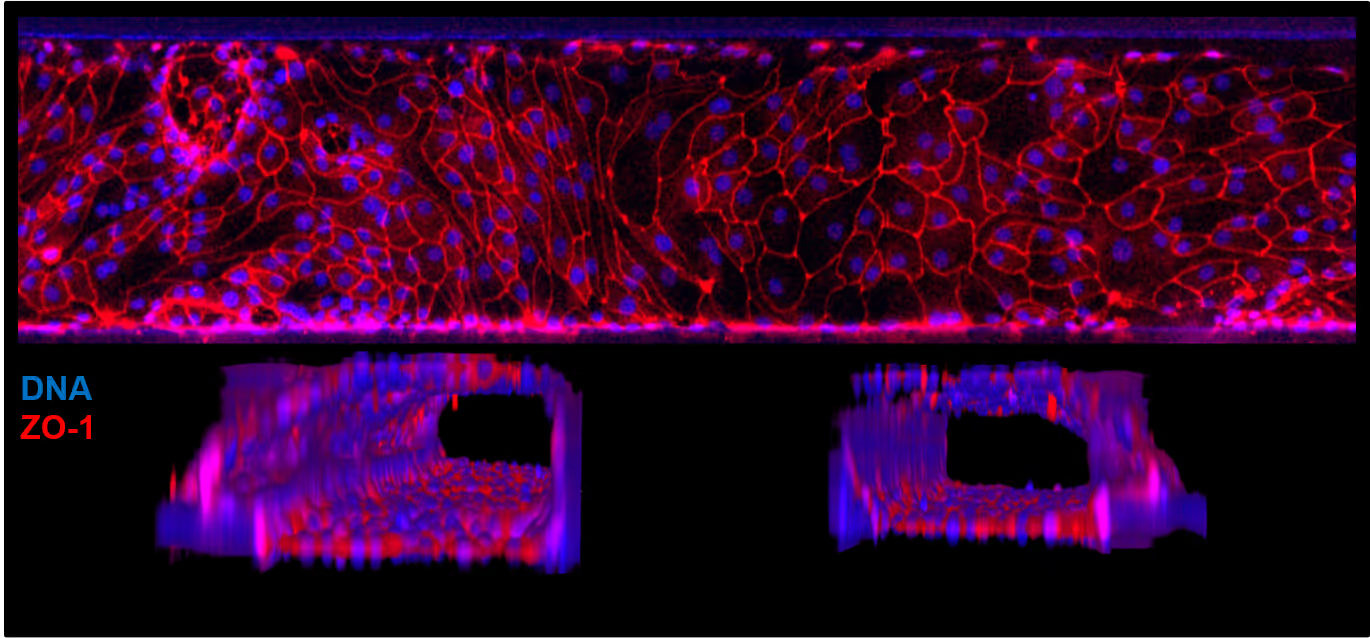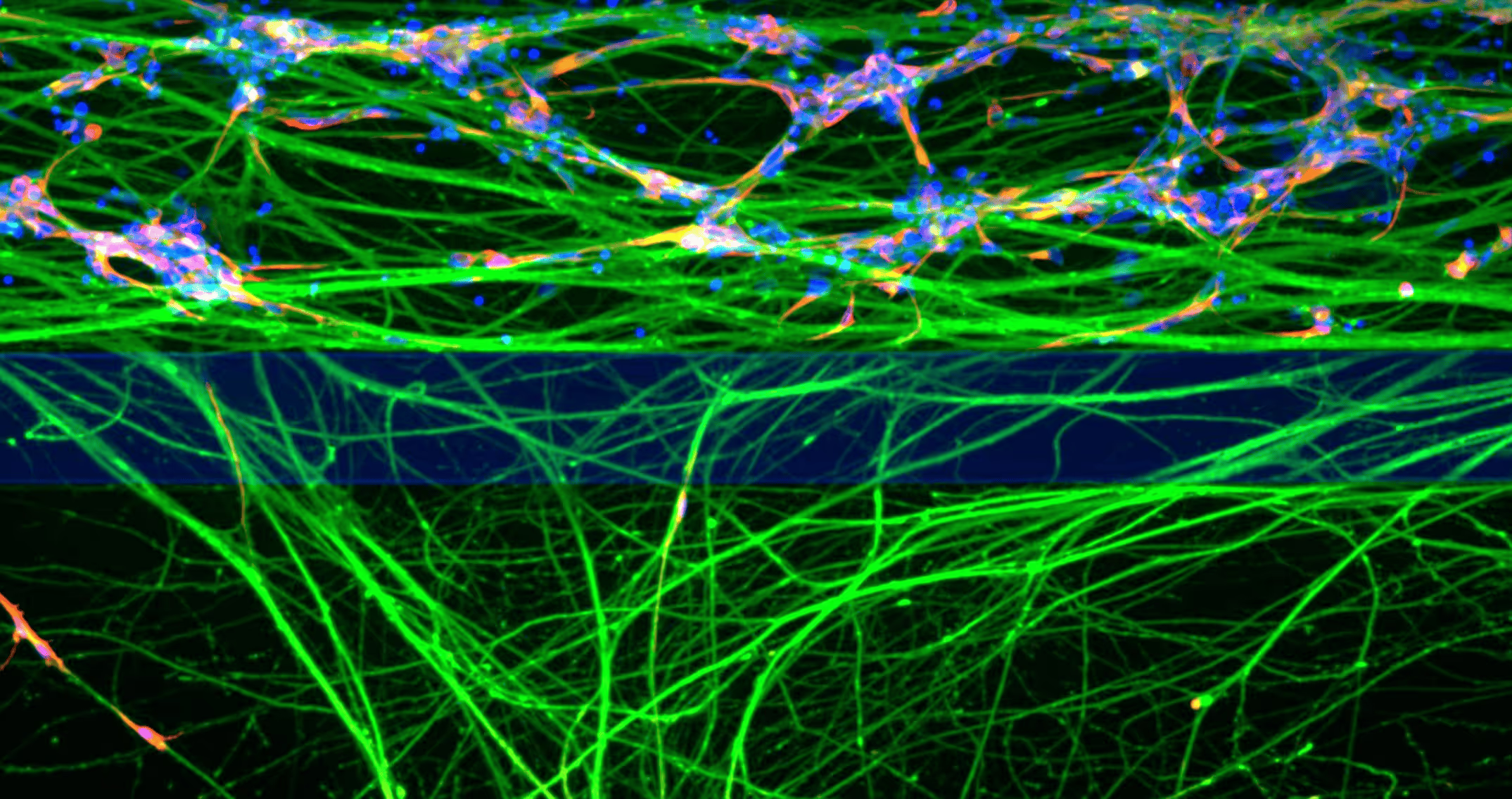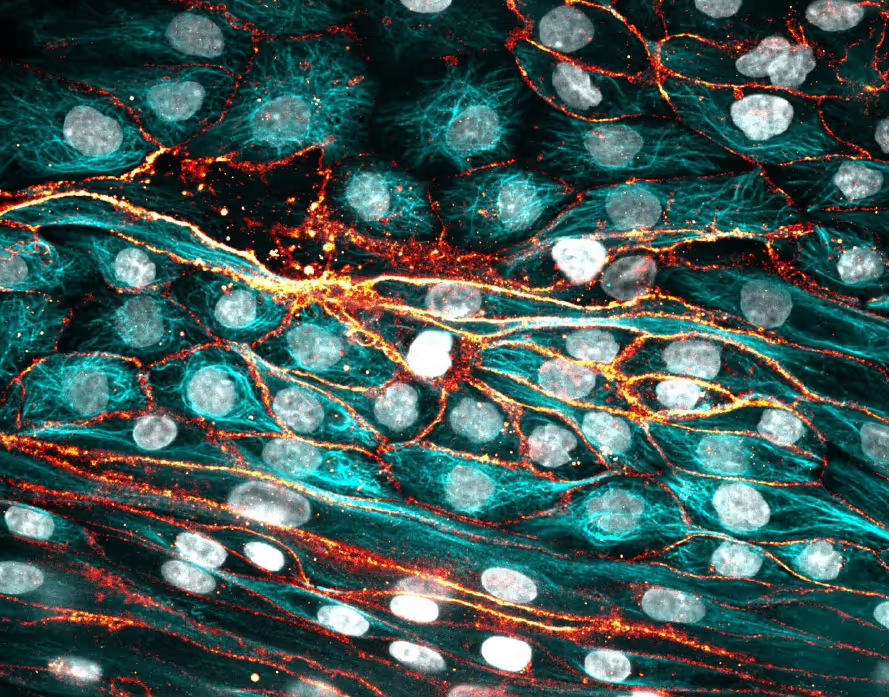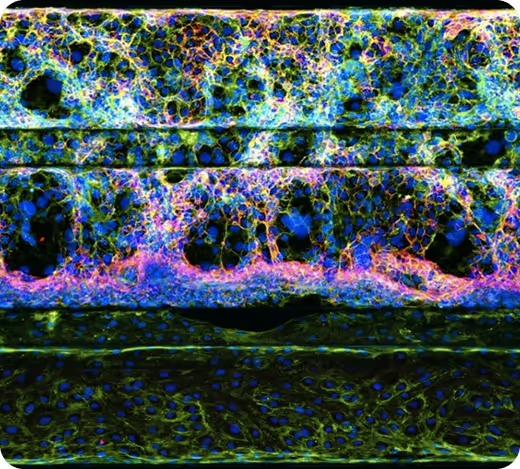Predictive ADME & Toxicity Testing Services
MIMETAS delivers physiologically-relevant, 3D human tissue models at scale that provide reliable and early insights into compound safety and pharmacokinetics.

Human-Centric Models to Assess Drug Safety, Transport, and Tolerability
Our 3D tissue models provide human data to accelerate and de-risk programs for therapeutic modalities like small molecules, bi-specific antibodies, ADCs, and cell & gene therapy.
Explore some of our featured applications below.

Blood-Brain Barrier (BBB)

Chemotherapy-Induced Peripheral Neuropathy (CIPN)
.avif)
Gastrointestinal Toxicity

Kidney

Liver
.avif)
Vasculature

Built for High-Throughput, High-Impact Decision Making, At Scale
By recreating the complexity of human tissue environments, MIMETAS helps you evaluate drug safety and performance with confidence – before entering the clinic.
